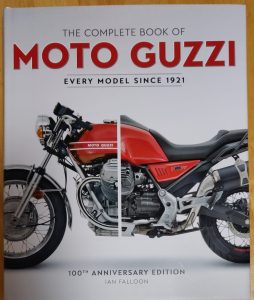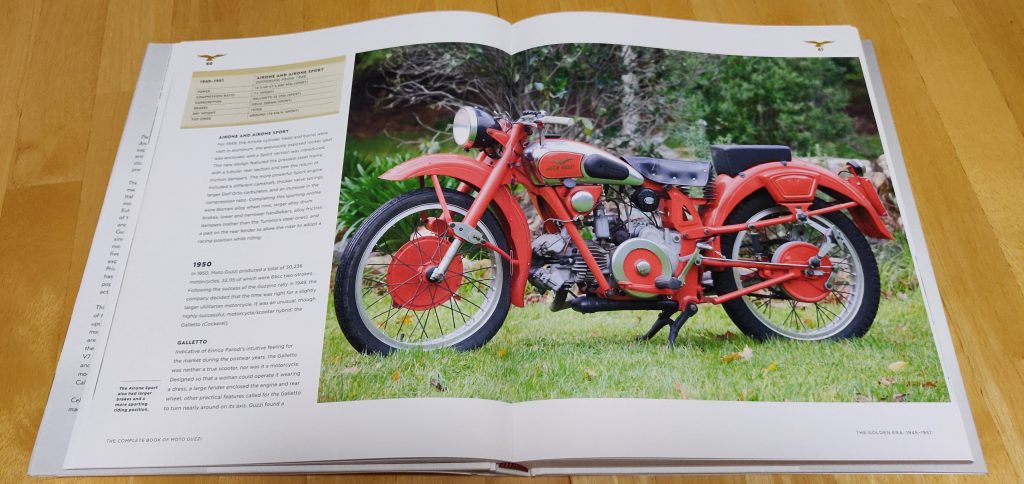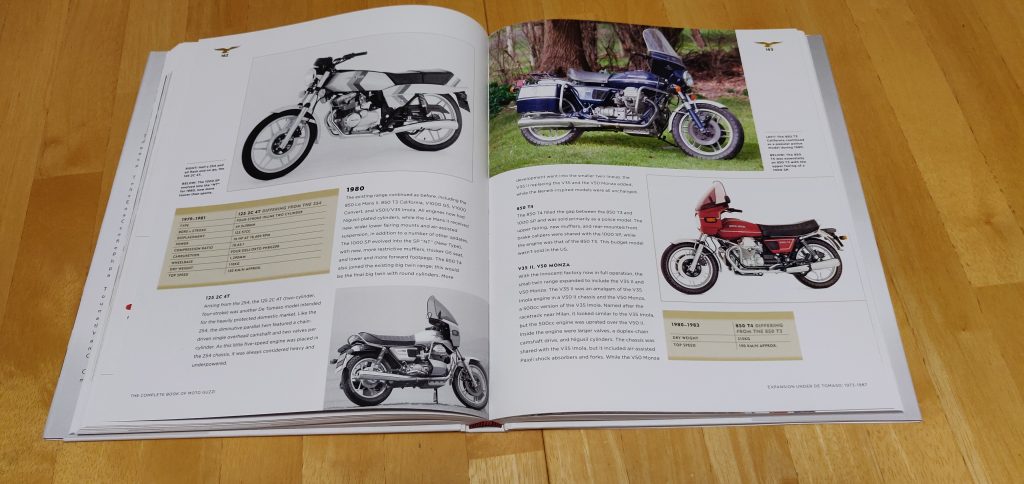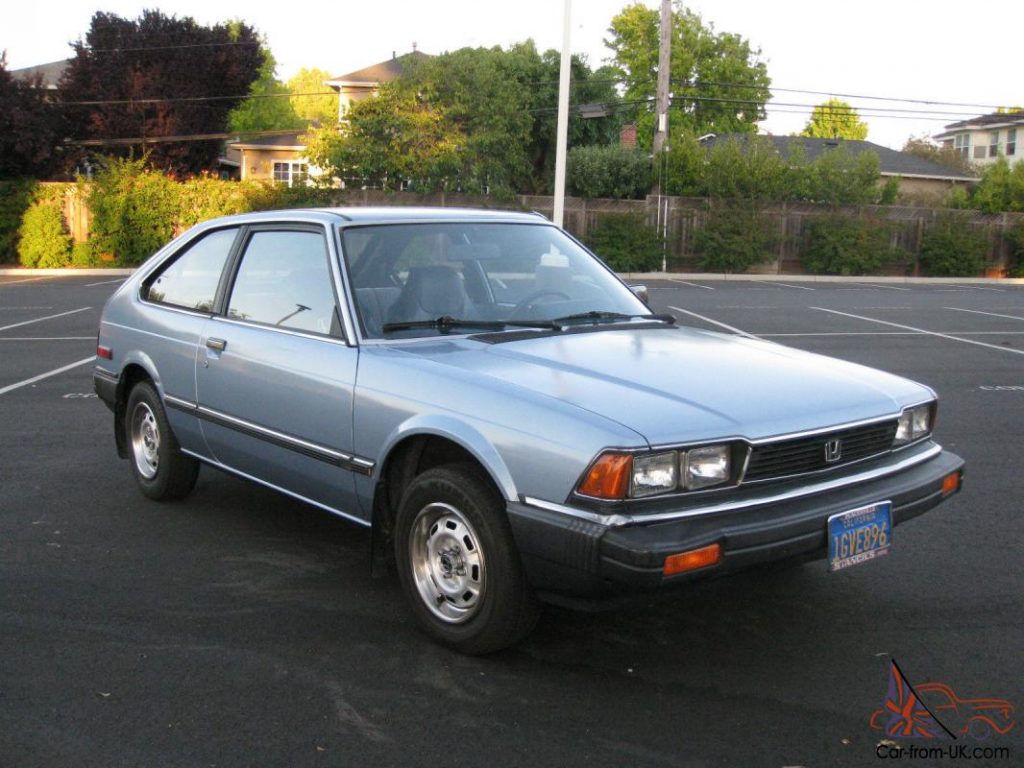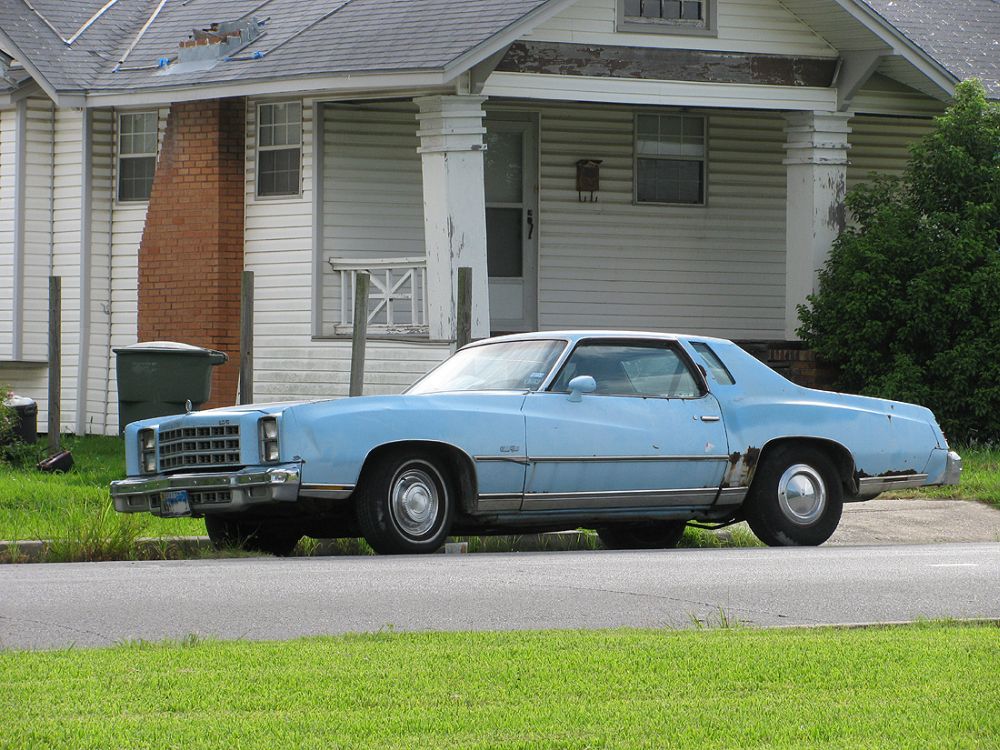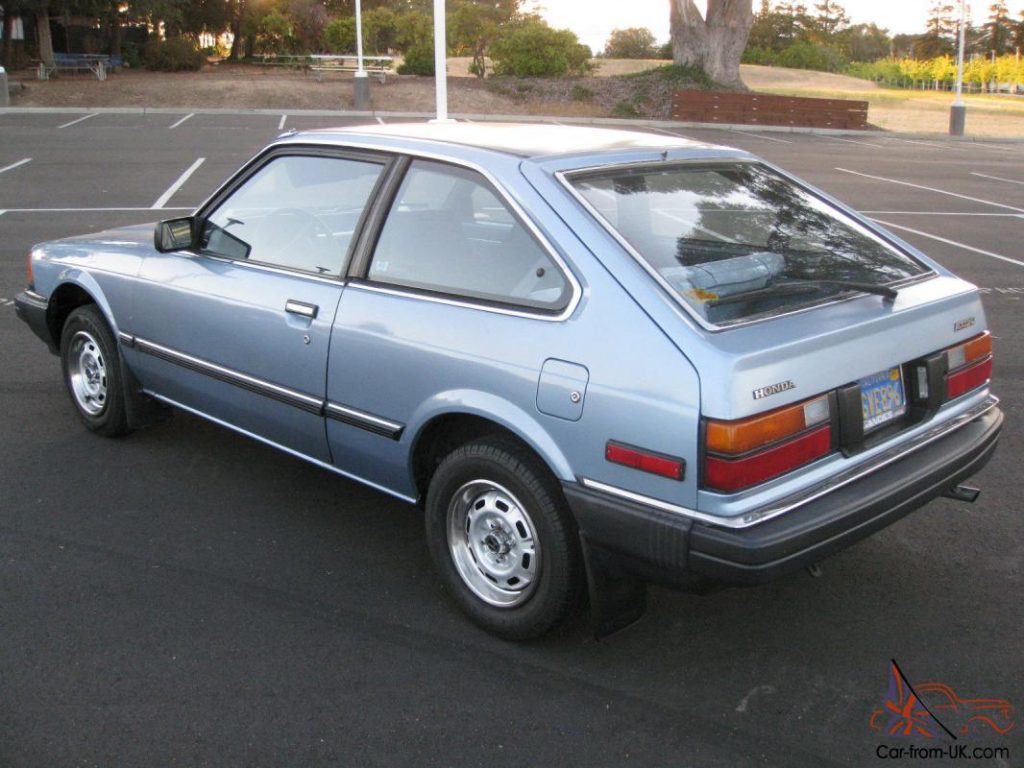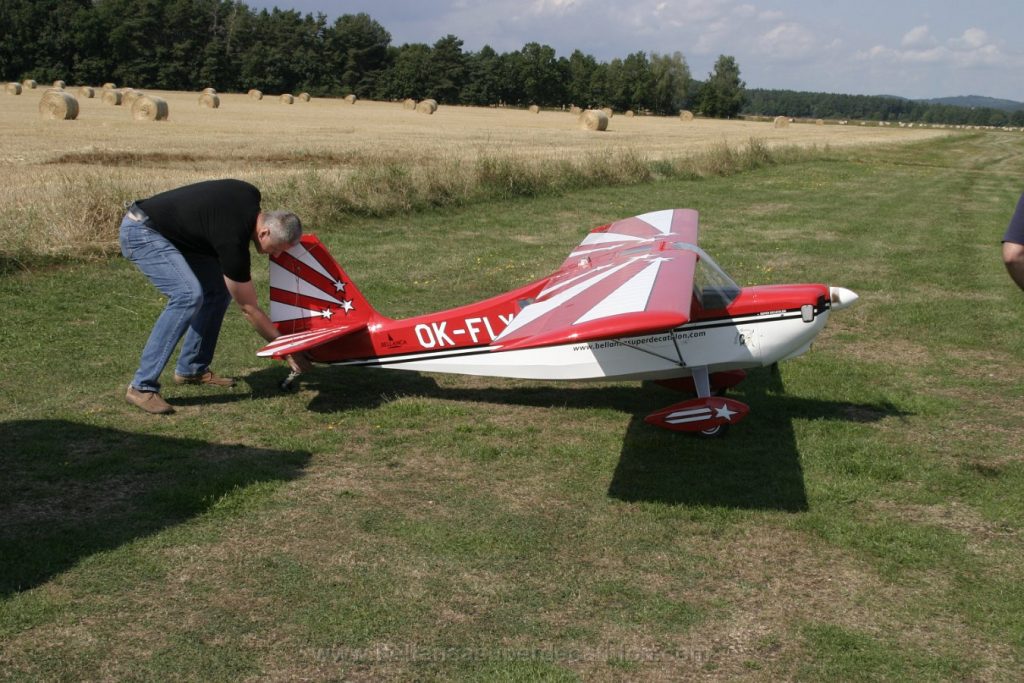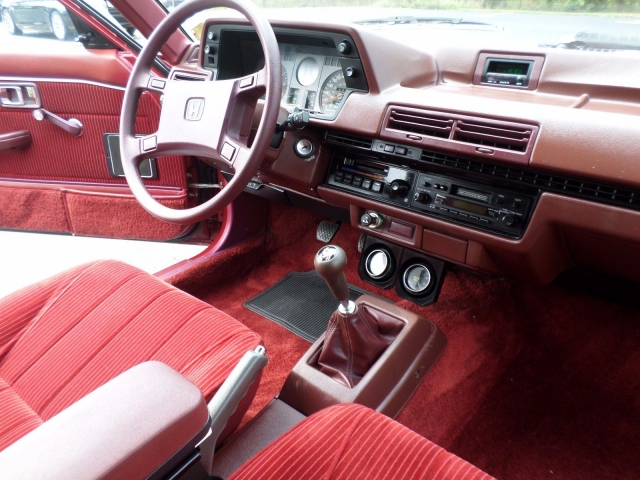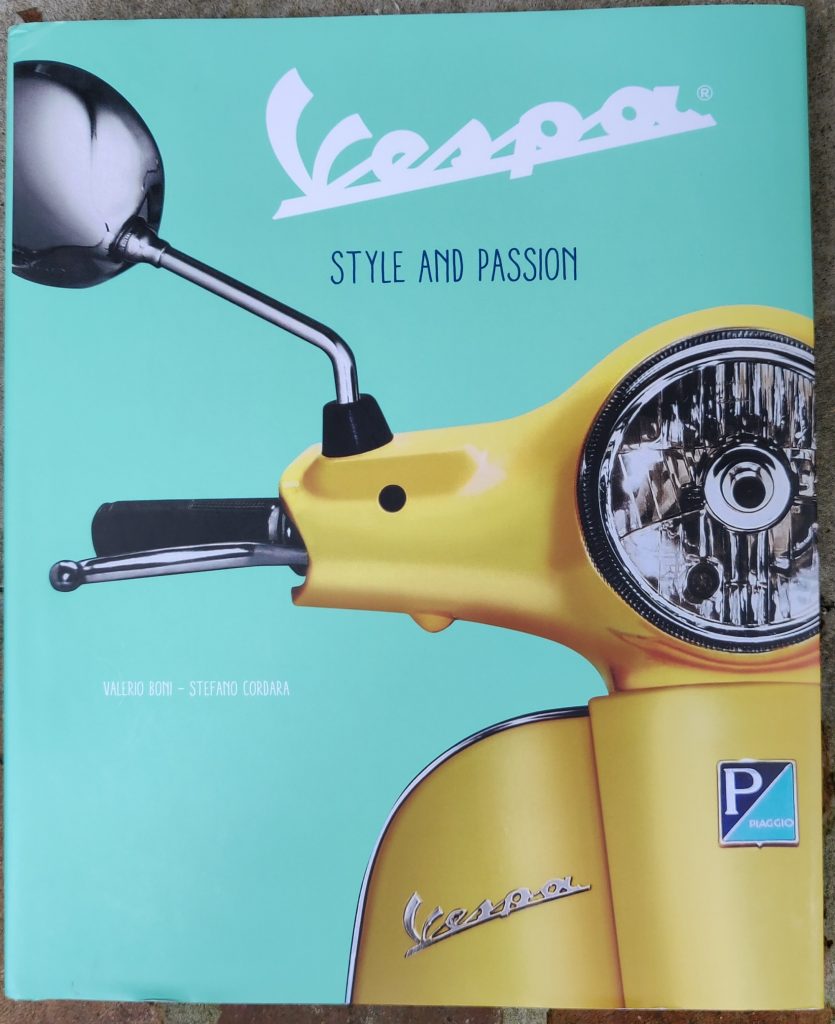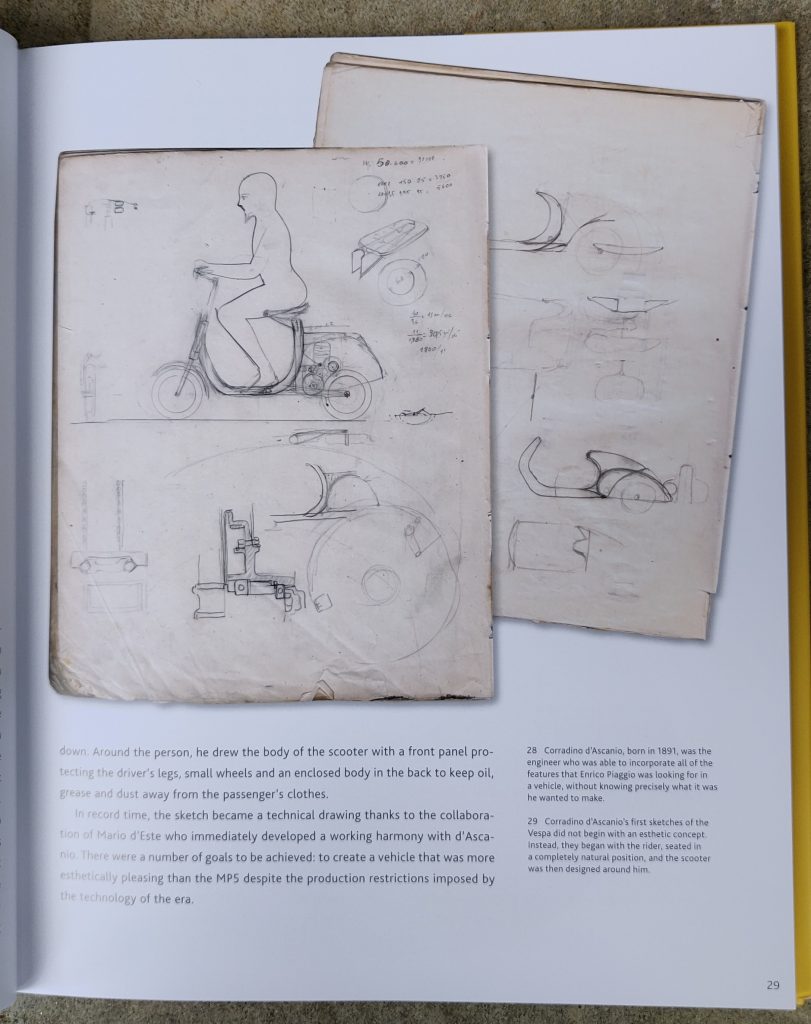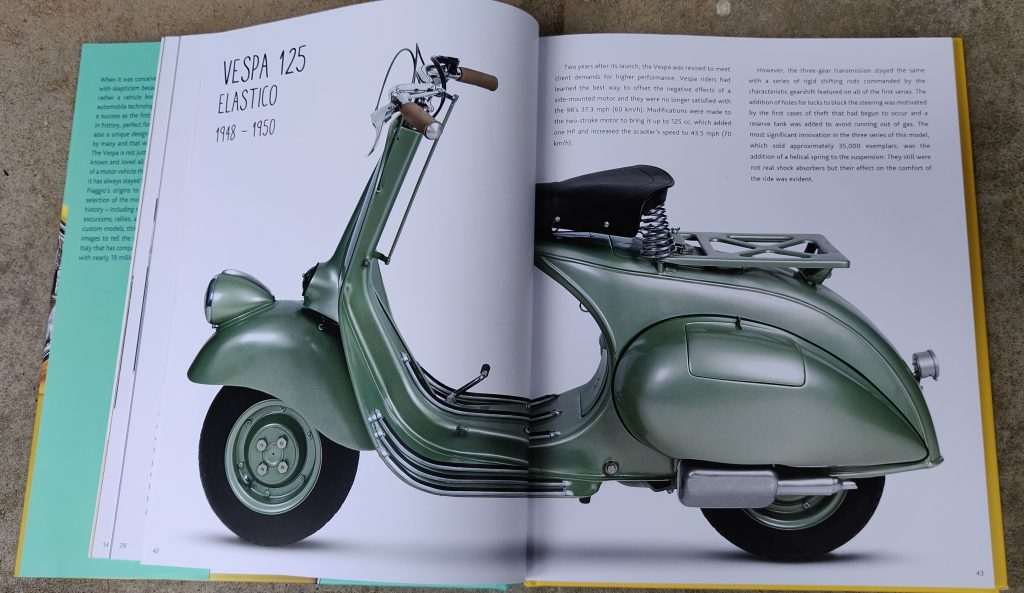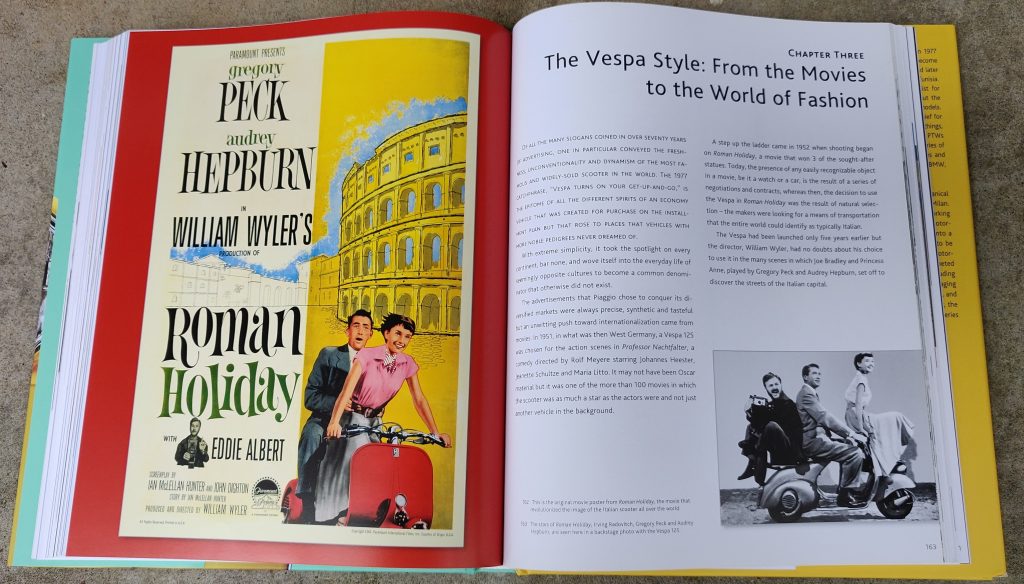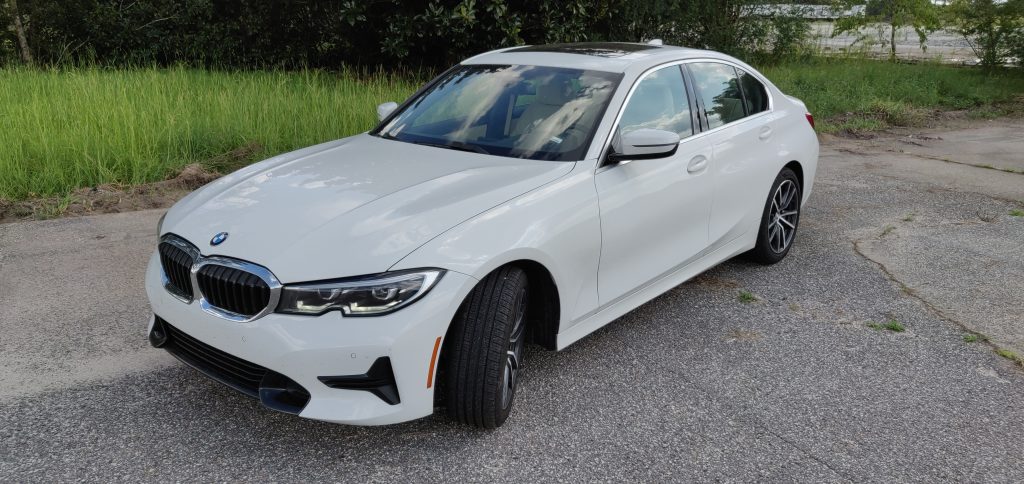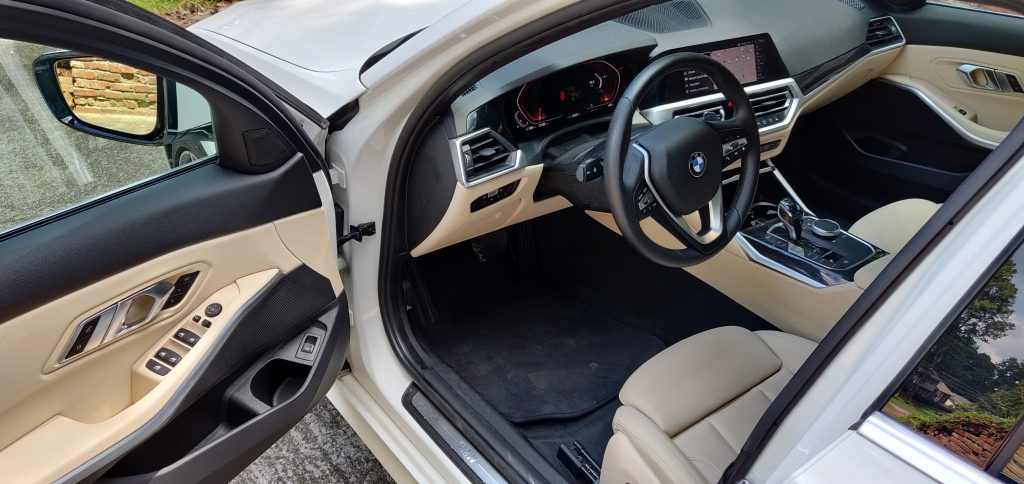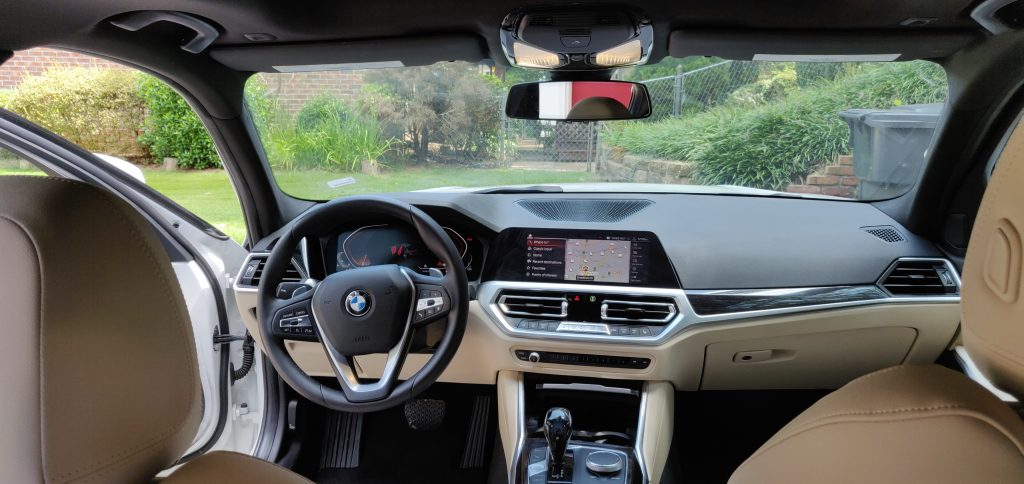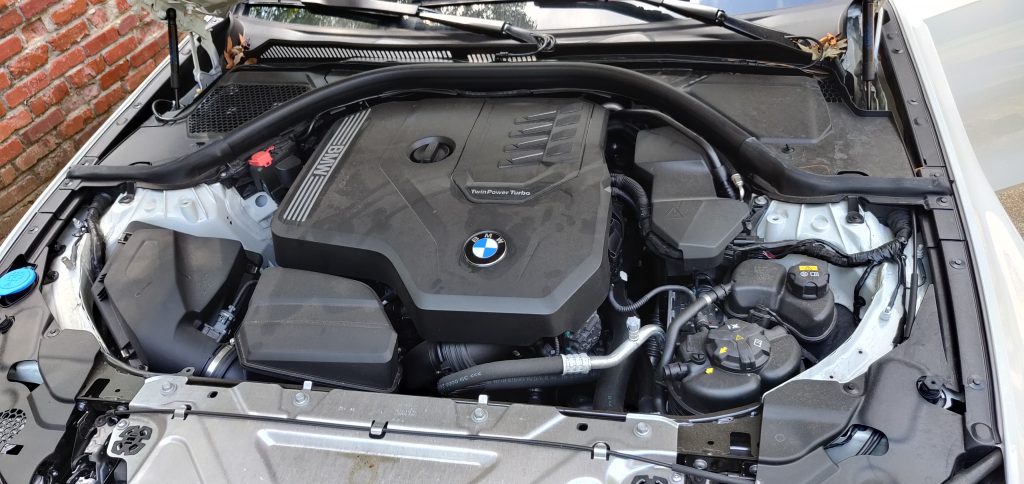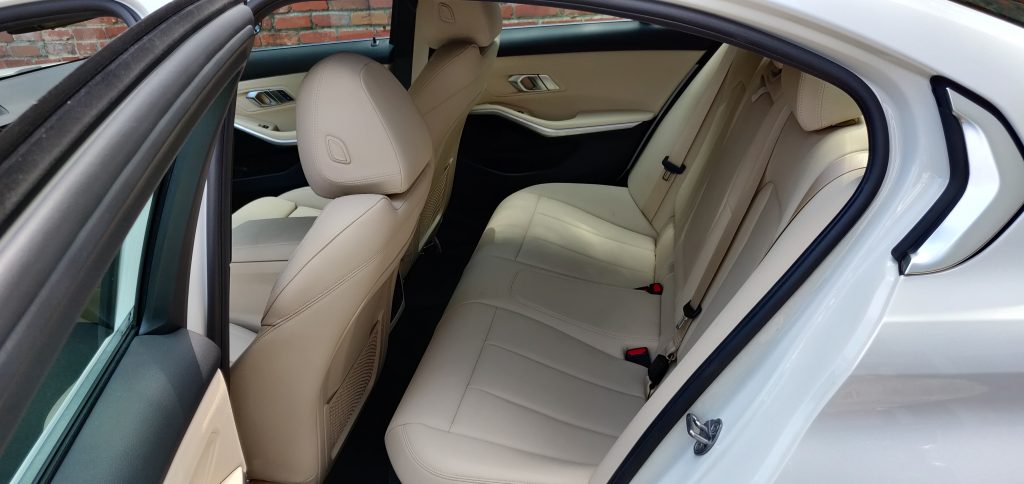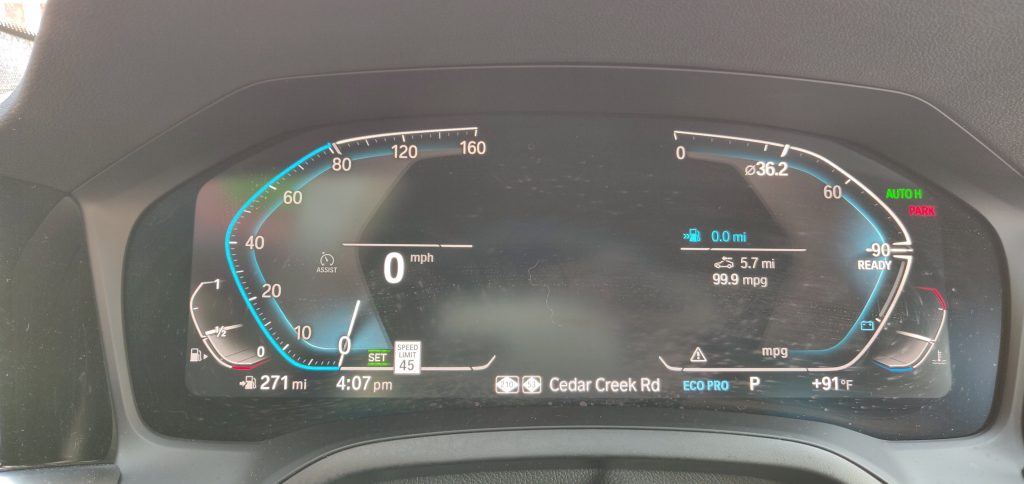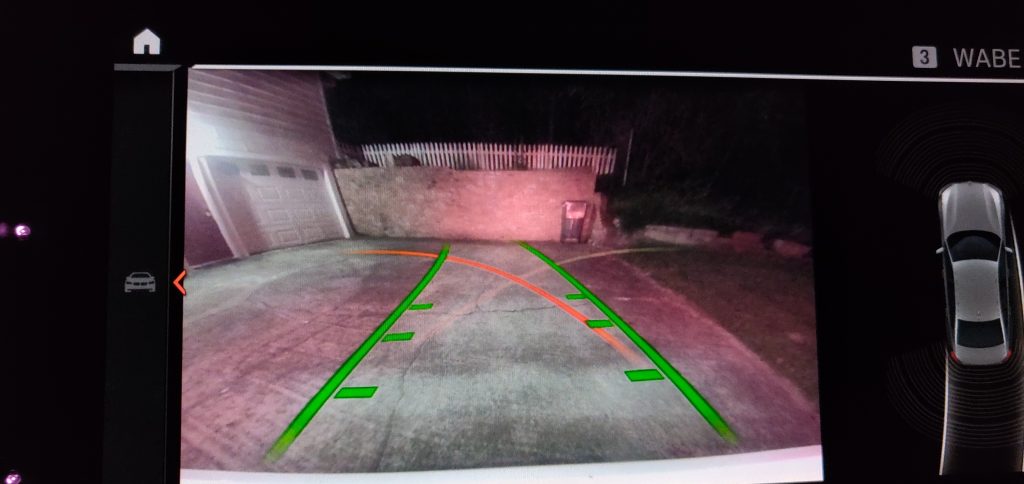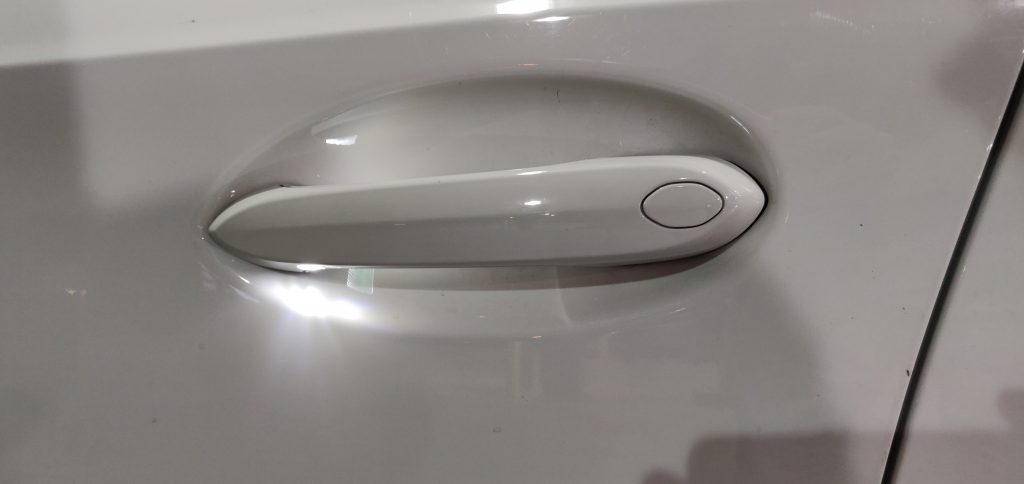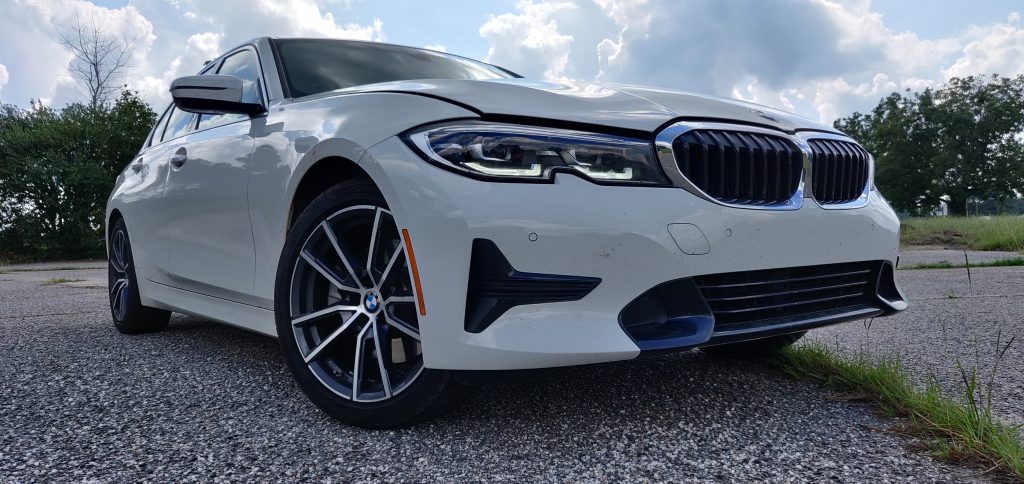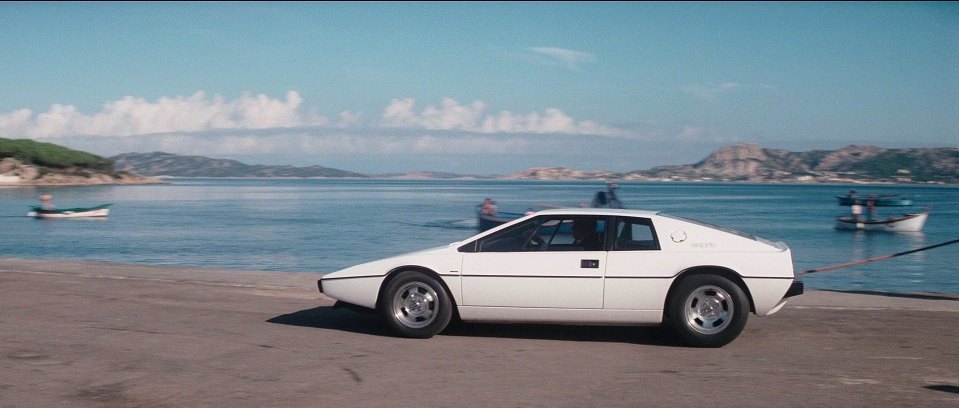
If you’ve listened much to The Thing About Cars, you’ve probably gathered that I’m a Lotus-enthusiast. How did I get to be one? The story goes back to my childhood. I’d loved cars ever since my earliest memories and it was a love I shared with my father, with whom I spent so much enjoyable time in the garage ever since I was able to hold a tool. But my enthusiasm for Lotus in particular began at age 9.
It was the summer of 1977 and my family was visiting some aunts and uncles in the Cleveland Ohio area. We had gone into the nearby shopping mall for reasons long-forgotten, and it was in that mall that I saw something that would leave a lasting impact on my life, even if I didn’t know this at the time. Outside the movie theater, there was a car parked right there inside the mall- and it wasn’t just any car, but a very low, sleek, sharply-angled wedge of a car, and it had a velvet rope around it. It must have been something special! It certainly looked unlike anything I’d ever seen, and it captivated me. Its appearance was pure, powerful mystique. I was so taken that I don’t even remember seeing any names on it. As I stood and stared, probably slack-jawed with wonder, this slightly older kid standing next to me said, with goofy enthusiasm, “This car can go underwater!” He also added that it was from a movie he’d just seen playing in the theater behind us, and he pointed to the lobby display, which showed helicopters and submarines and scuba-divers and a smartly-dressed guy holding a pistol, and a beautiful lady slinking up to him. None of it made any sense to me, including the image of what looked like the same car but with dive-planes instead of wheels. And I remember trying to get a look into the wheel-wells to see how the planes stowed and deployed. You probably know what the movie was: The Spy Who Loved Me. At that tender age I’d never heard of James Bond and didn’t know a thing about any of it, but it would only be a small handful of years later that I would be a complete nut about James Bond, and I watched the Bond films on the ABC Saturday Night Movie every time they came on. Somewhere along the line I learned that that spellbindingly alluring car was a Lotus Esprit. It was the first time I’d ever heard of Lotus. The car in the mall in Cleveland was silver or metallic grey as I recall, so it couldn’t have been in the movie- it most likely was borrowed from the local dealer for cross-promotion.
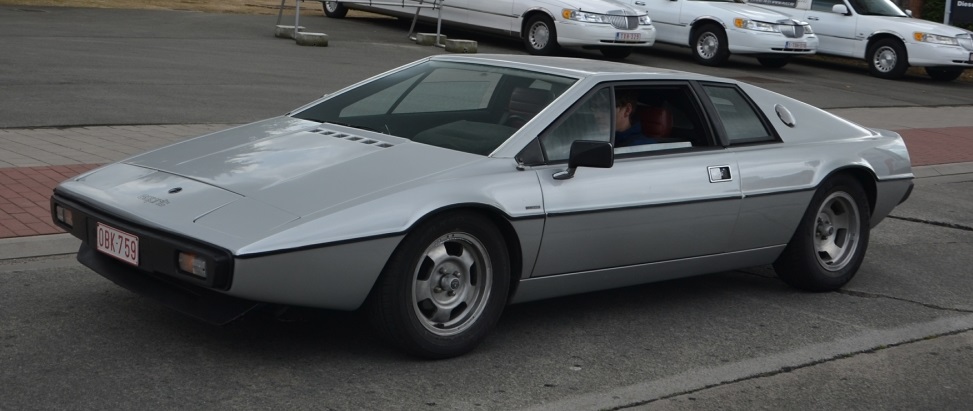
In 1981 two things happened. One was that an Esprit was on the cover of the January issue of Road & Track, to which my father had a subscription. I usually devoured the magazine in one sitting as soon as it came in from the mailbox, and the cover-story was no ordinary Esprit…if you can call an Esprit ‘ordinary!’ It was the new Turbo Esprit, which carried numerous improvements over the Series 1 and 2 cars, and it looked like PURE SEX to my 13-year-old brain- and four decades on, I still think so! In addition to the mechanical improvements that had been made to the car, there were also some cosmetic upgrades including some aero-stuff on the outside and a fabulously plush leather interiour. The car on the cover of R&T was a stunning dark metallic blue with red leather, and a set of red and silver stripes to commemorate Essex Petroleum, which was the main sponsor of Lotus’ Formula One team at the time. I was SMITTEN by that car!
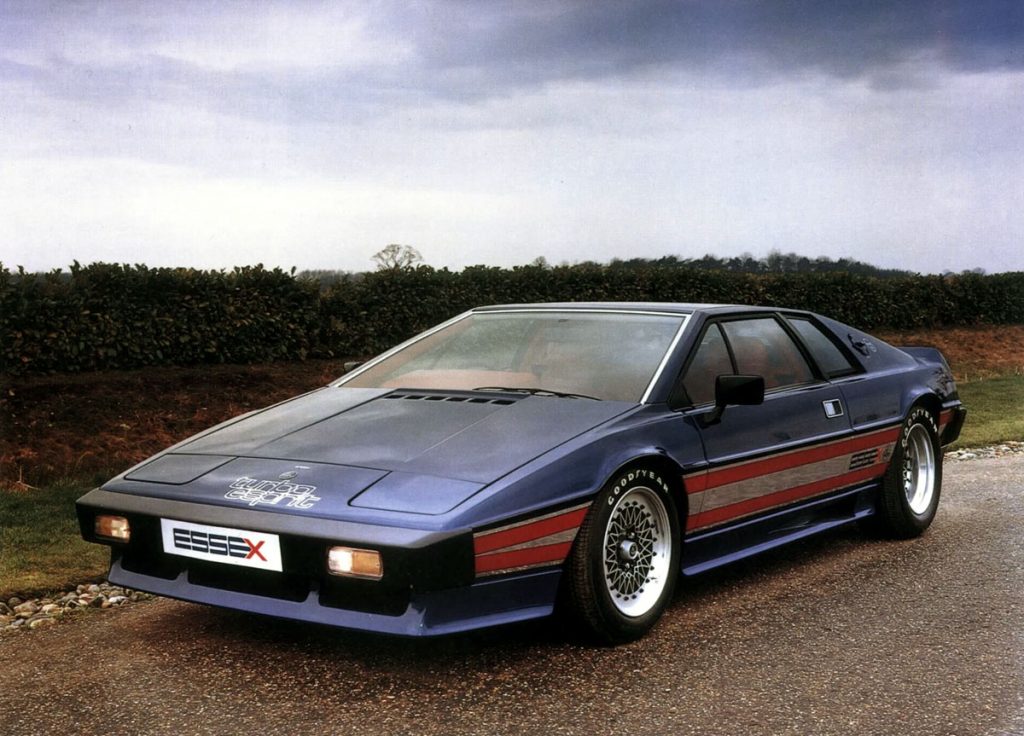
The other thing that happened in 1981 was that the new Turbo Esprit appeared in For Your Eyes Only, the latest installment of the James Bond movies. Q hadn’t issued 007 a car since the Esprit two movies earlier in The Spy Who Loved me, and as rough on equipment as 007 is, I can’t blame him. Unlike in TSWLM, this time the Esprit saw very little action: a white Turbo Esprit does a little slow driving, gets blown-up, then comes back in a gorgeous metallic reddish-copper colour, drives in the snow a little, and that’s it…total time onscreen, less than a minute. Disappointing for sure, but in an age in which a movie was the only place to see such a car moving at all, it was exciting! 1981 Cemented the Esprit into my brain as the sexiest car around.
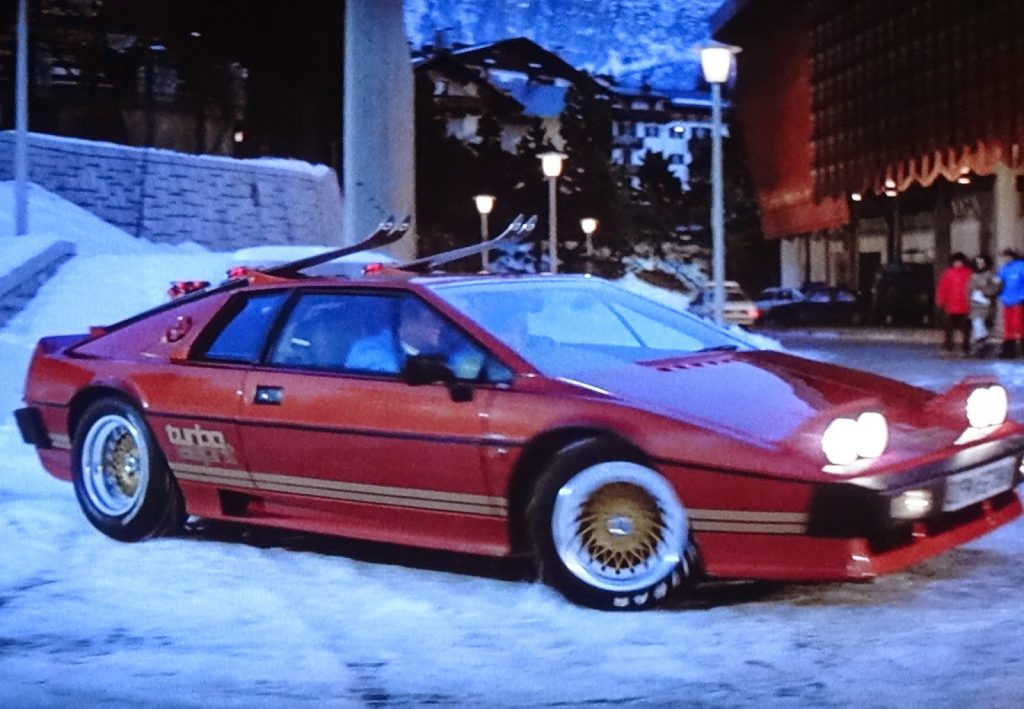
Over the next few years my car-geekery would lead me to love and have fantasies about many different cars, but the Esprit was always the first love and the ultimate fantasy. It never failed to capture me with its abundance of mystique and allure, a rare and exotic spirit that a small-town boy like me could never even dream of capturing. Or could I?
